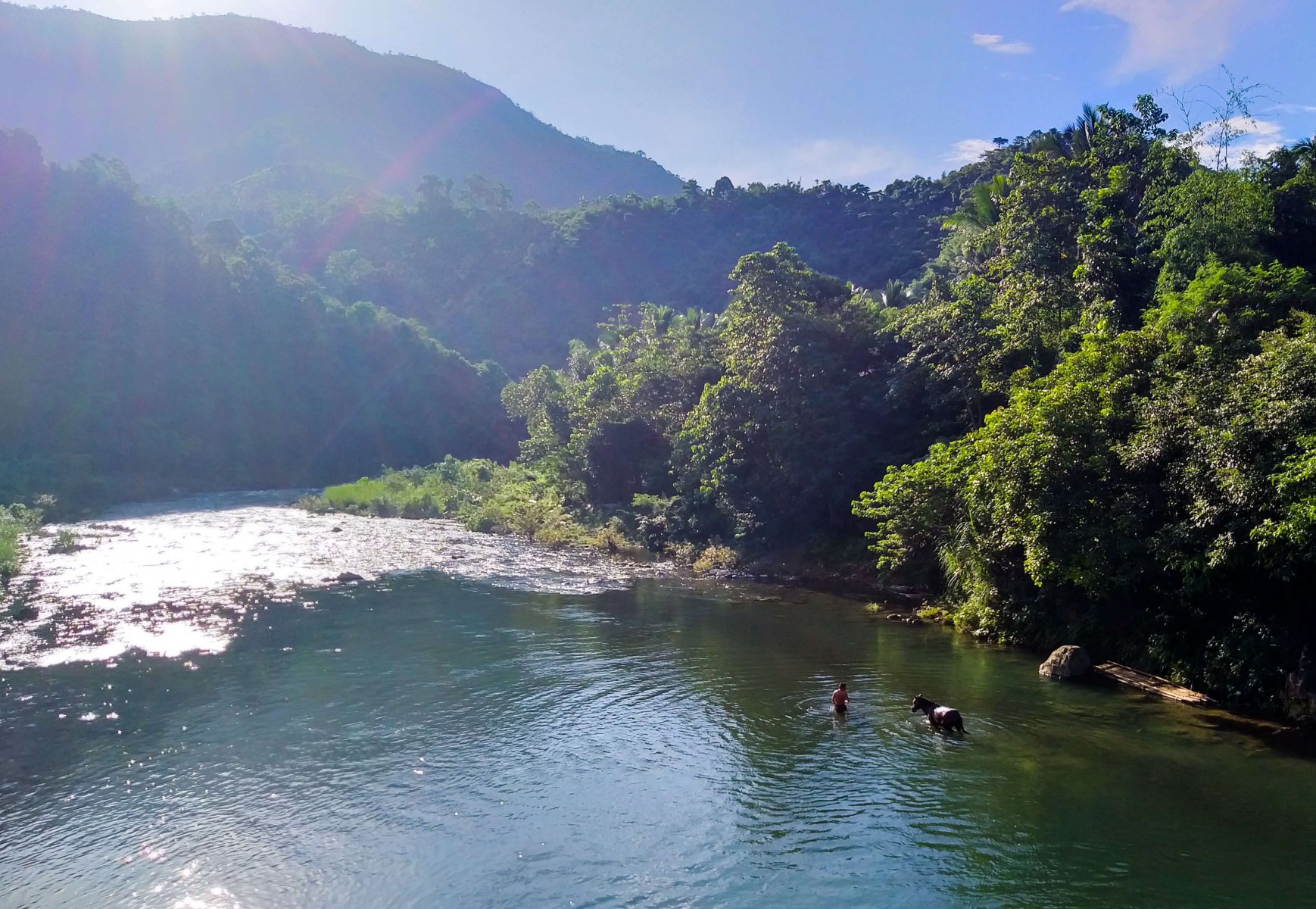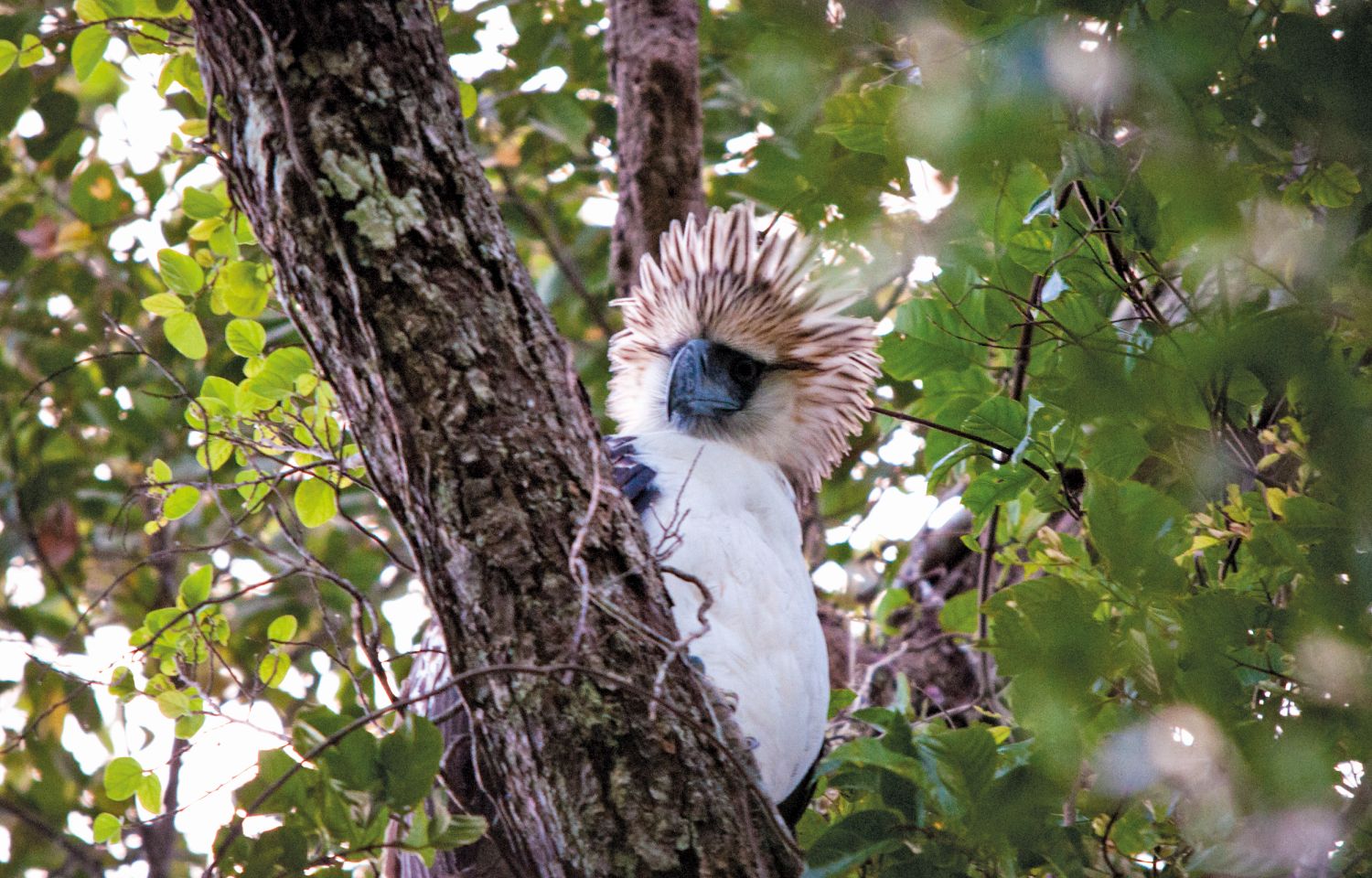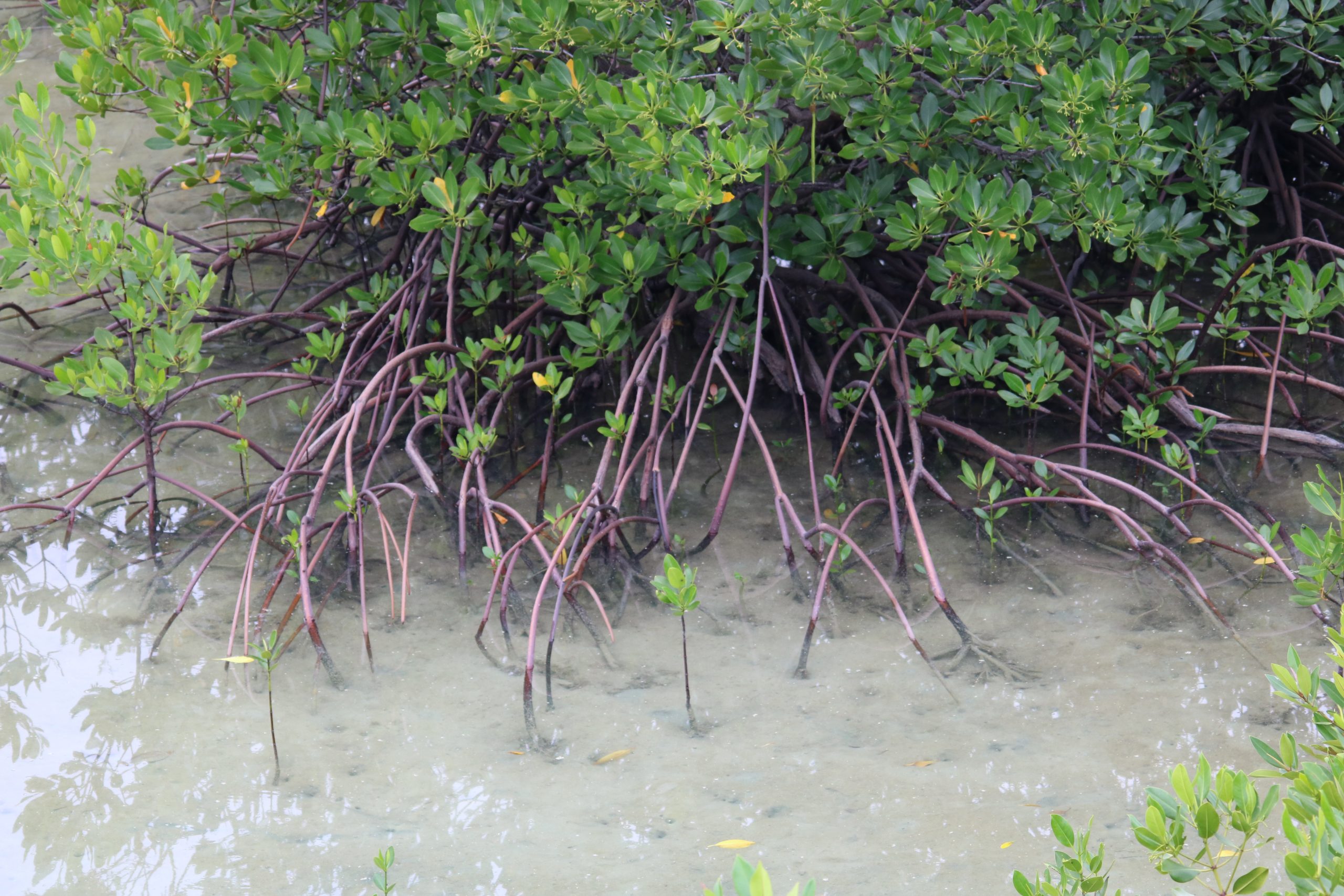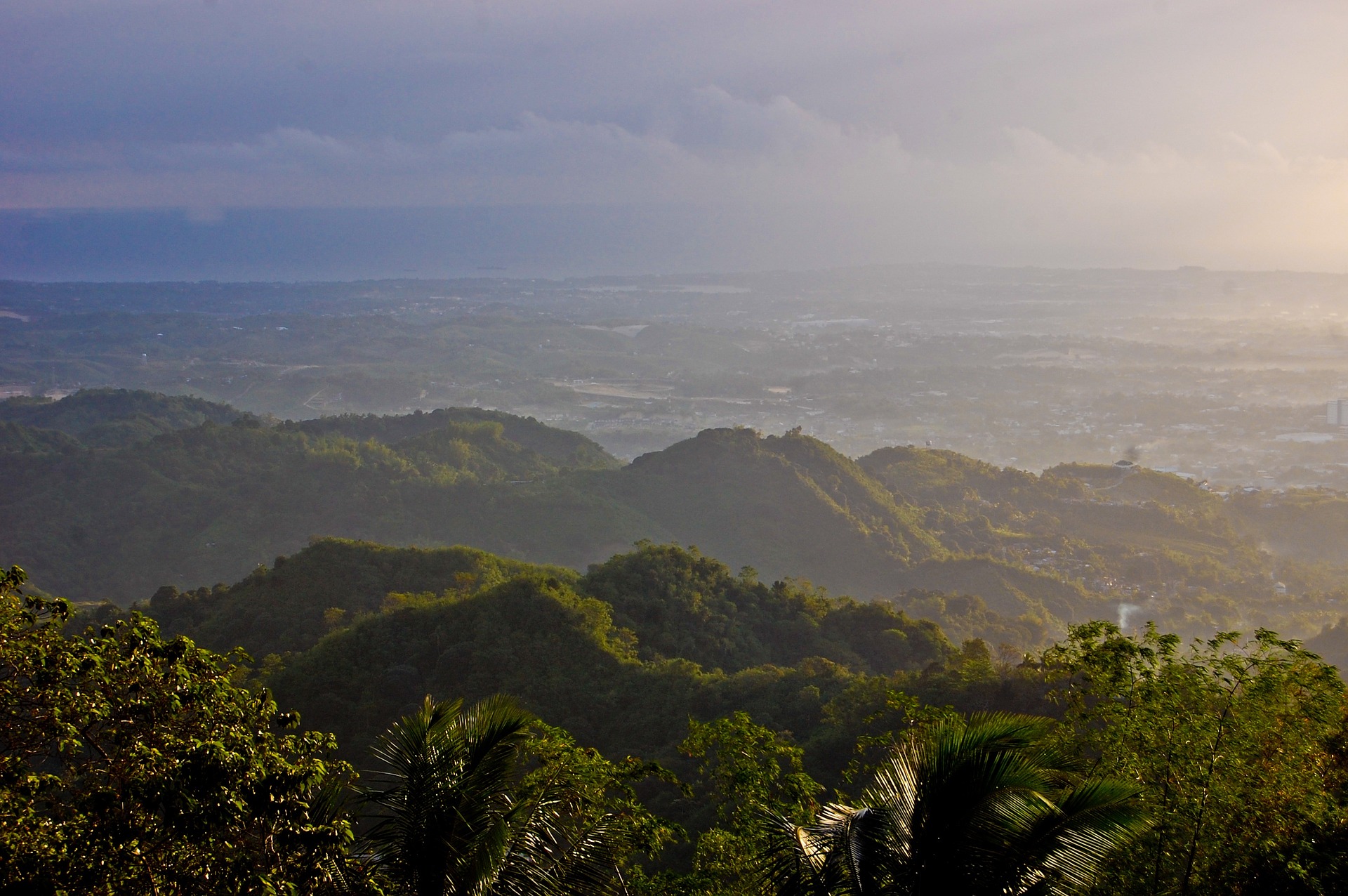 ©Kathleen Zambas/Haribon Foundation
©Kathleen Zambas/Haribon Foundation
Bringing together local communities in the Philippines to restore lost forests and mangroves.

The Haribon Forests for Life movement has been restoring deforested areas in the Philippines for over 15 years

Local communities, students, governments and businesses have all thrown their support behind the scheme

FFL has already seen more than 1 million trees planted, but our commitment is to restore 1 million hectares





Planted over 1 million native trees, engaged local communities and businesses, and enlisted more than 15,000 volunteers.
Trillion Trees partner BirdLife International operates in the Philippines through the Haribon Foundation. Haribon launched the Forests for Life (FFL) movement in 2006, with the aim of restoring Philippine rainforests, working alongside national and local governments. And recruiting many thousands of local volunteers along the way. Haribon’s Adopt-A-Seedling and Adopt-A-Forest programs have already successfully engaged more than 150 corporate sponsors and 16 community partners, including farmers, and enlisted over 15,000 volunteers. Together they have so far planted more than 1 million native tree seedlings, helping to restore thousands of hectares of forest. But there is much more work to be done.
Establishing tree nurseries and local seed production, maintaining new trees as they grow, engaging with local communities, working with local farmers to grow sustainable crops.
In the 15+ years that Haribon has been running The Forests For Life movement in the Philippines, it has identified some key actions for success. These are a mix of biological and social factors – for example:
Growing the right trees in the right places is central to all Trillion Trees projects. Native trees have a greater chance of surviving, and are more beneficial to other native plants and animals. The trees being planted here include threatened and endangered local species such as the apitong, dao (Pacific walnut), kamagong (mabolo fruit tree), lauan, makaasim and narra, the Philippines national tree. And crucially mangroves, along the coasts, which store massive amounts of carbon, support healthy fisheries, and help protect the land and its inhabitants from tropical storms and typhoons – which are common in the Philippines.
Forests for Life (FFL) uses the ecosystem-based strategy known as ‘Rainforestation’. This combines planting native trees alongside growing appropriate native crops, including fruit and vegetables, which can provide income for local communities – reducing their need to deplete the natural resources of the forest.
Working closely with local community partners is vital. As Haribon puts it, “It takes a village to raise a forest.” Local people receive financial support and incentives at all stages of the restoration process – from the production of the native seedlings, planting them onsite, and three years of maintenance. Tree nurseries are established in or near the restoration site. A minimum of 10 varieties of native trees are seeded, from good quality local mother trees. These are cultivated for six months before planting. The tree-planting itself is done regularly by volunteers from various sources – including from local and national governments, civil society organisations, students/young people, private sector and individuals trying to improve their environment. Work continued even when the COVID-19 pandemic struck, with suitable safety precautions in place. Tree maintenance is done by community partners every three months for three years – removing grass or weeds, replacing unhealthy seedlings, and establishing fire breaks. After three years, maintenance of the trees is turned over to local government partners.
The aims of the project are wider than just planting trees. It is about restoring the health of the whole landscape, for the benefit of people and wildlife for generations to come. This includes options for sustainable livelihoods, often in impoverished areas – for instance growing high-value fruits and agricultural crops. The crops provide income to help the community protect the forest, and in turn the healthier forest improves soil quality for growing better crops. FFL partners usually include farmers who depend on fertile agricultural land, as well as fishing communities who are supported to restore coastal mangrove forests.
Haribon has also consistently campaigned at the national level, getting more communities onside by spreading the message that everyone has a shared responsibility to protect their forests and other natural environments. Not least because they provide everyone with services such as water, healthy soils and climate change protection. Forests are the country’s social security system.
Restoring as much as possible of the Philippines’ lost rainforests is crucial for people, for nature, and for the climate.
Much of the Philippines’ once-vast rainforest has been systematically destroyed over decades. There are still threats to the forest here, from a range of damaging activities – such as ‘kaingin’, the local version of slash and burn deforestation, and also timber poaching and charcoal-making.
Forest restoration here protects some unique and endangered wildlife – the extra trees planted can provide nesting sites for rare and endemic hornbills, as well as space for the critically endangered Philippine eagle. Other rare animals only found in Philippine forests include the golden-crowned flying fox (a type of large bat). Healthy forests are also crucial for the hydrologic cycle, providing and protecting essential water supplies for people and wildlife around the islands. And of course the terrestrial and mangrove forests are vital for carbon sequestration to help tackle the global climate crisis.
Lead Partner: Haribon Foundation
BirdLife International